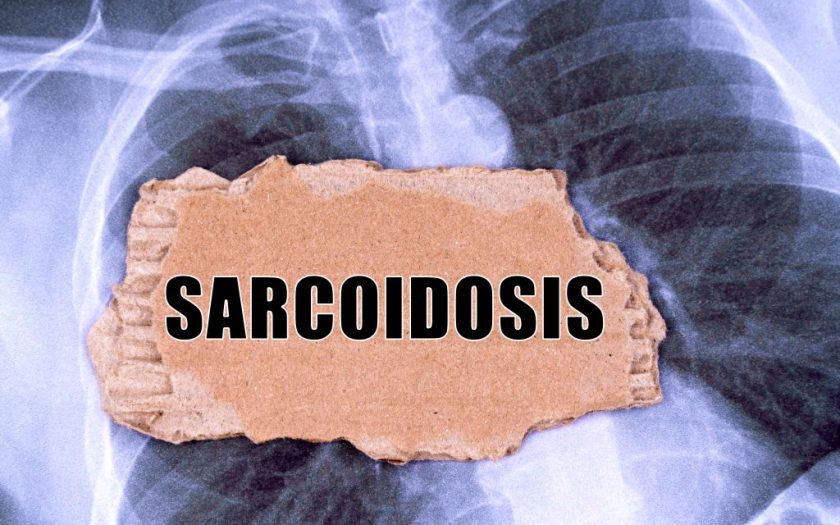What is sarcoidosis?
Sarcoidosis or Besnier-Boeck-Schaumann disease is of unknown origin that causes inflammation of various organs in the body. From a medical point of view, it is a glaulomatous disease, or a type of chronic inflammation that the body develops in response to various agents. Namely, it is considered to be an excessive response of the immune system to fungi, bacteria and viruses. It most commonly affects the lungs, eyes, skin, lymph nodes and liver. This disease is less common in the heart, kidneys, central nervous system and joints.
In sarcoidosis, a special type of inflammation occurs that results in small nodules known as granulomas, which form when cells in the immune system contract. Genetics also play a role in sarcoidosis. Researchers believe that certain genes increase the risk of developing this disease. For example, certain genes can affect which organs will be affected by the disease, as well as the severity of symptoms. It should be noted that familial cases of sarcoidosis are very rare. Although the disease can manifest at any age, it is rare in childhood, and women aged 20 to 40 are at greatest risk. Sarcoidosis can be acute or chronic.
Sarcoidosis – symptoms
In sarcoidosis, the symptoms vary, depending on the severity of the phenomenon and the tissues involved. Namely, they can appear all at once and last shorter or slowly longer. Among the most common symptoms that occur are fatigue, fever, lack of appetite, weight loss, night sweats, lung disorders and enlarged lymph nodes. As already mentioned, the lungs are often the organ most affected by this disease. In the lungs, sarcoidosis causes small lumps and enlarged lymph nodes in between. Possible symptoms are persistent dry cough, shortness of breath, chest pain.
The appearance of skin lesions can vary greatly. There are red, painful, nodules on the legs and ankles. Purple plaques and nodules located in the area of the nose, face and ears are among the most common forms of cutaneous sarcoidosis and are associated with upper airway involvement. In case the eyes are affected, the symptoms are manifested through blurred vision and watery eyes. Because the tear duct can become clogged over time, dry eyes can occur. Sarcoidosis it also causes an accumulation of calcium in the blood and urine, and signs of the disorder include thirst, kidney stones, and kidney failure.
Sarcoidosis – diagnosis and treatment
How is sarcoidosis diagnosed? This disease causes few signs and symptoms in its early stages. But when symptoms do occur, they vary depending on the organ involved. The doctor will perform a physical examination of the skin, eye and respiratory lesions. Certain tests help rule out other potential causes. In some cases, it is necessary to do a biopsy and other tests, after which the involvement of the organs is assessed. If the disease is mild, treatment is sometimes not necessary. Your doctor will determine the type of treatment if sarcoidosis affects the eyes, heart or nervous system.
Corticosteroid-containing drugs are used in treatment. The duration of treatment depends on the severity of the disease and the body’s response to the prescribed medication. Elevated calcium levels may occur in patients with sarcoidosis, so vitamin D supplementation should only be taken on the advice of a physician. When elevated levels of vitamin D are present in the body, foods rich in these vitamins, such as salmon and dairy products, should be avoided. Although this disease is not always a serious health problem, it can still cause great organ damage.
source: mayoclinic
More News: Blood pressure values in healthy and sick people
